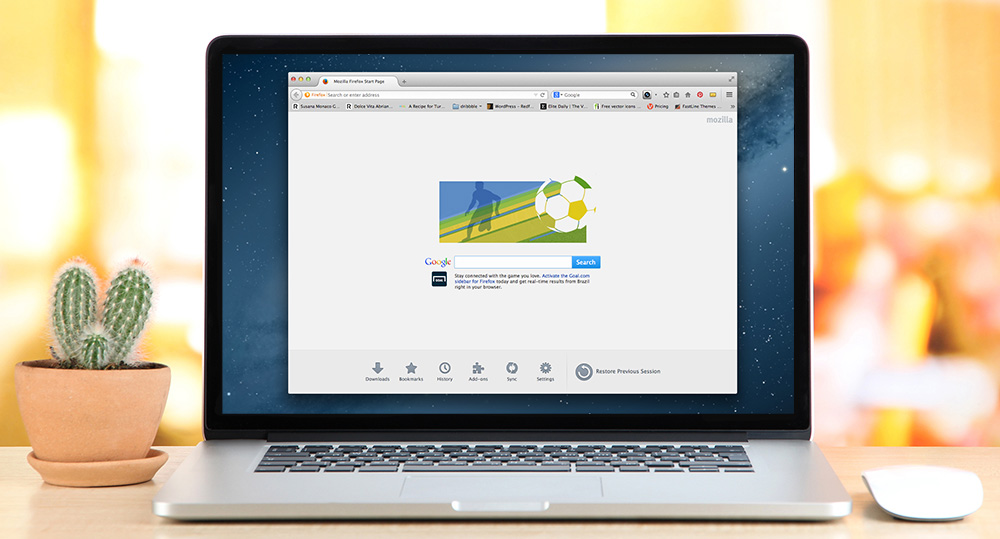5 Easy Steps for Choosing a WordPress Theme

You’ve picked out your domain name, selected a great web host to use and have learned how to successfully install WordPress. Now it’s time to pick out the specific “look” for your website.
WordPress uses a host of different themes to help site owners structure and present their content. Although the default theme may look attractive enough (the Twenty Seventeen theme is pretty awesome, especially if you add in a few essential plugins), there are literally thousands of others to choose from to give your website a unique spin. Even though the plethora of themes to choose from is exciting, it can also be somewhat overwhelming. Your website is essentially like your global business card, so the choices you make need to be done carefully.
So, where do you start picking that perfect theme from all the choices out there? Here are five easy steps to narrowing down your selection until the right theme becomes a clear winner.
1. Decide Whether to Go With a Free or Premium Theme

There are tons of free themes available in the WordPress Directory, which may work for many types of websites. However, it’s generally recommended to go with a premium theme that offers the level of customization you need. Premium WordPress themes come with a bunch of added advantages over the free ones. They typically come with customer support, are updated more frequently, typically have more features, and can be customized to suit your specific needs more readily than free themes.
If you choose to purchase your theme, pay attention to whether or not you will be charged a one-time fee (Themeforest, Creative Market, Templatic etc) or on a subscription basis, either monthly or yearly (such as Elegant Themes or Themify just to name a few). The latter option gives you the freedom to choose from any theme you like from that particular publisher. Obviously, you need to take a look at your budget to help you determine how much you’re willing (and able) to spend on a premium theme.
Typically, the more you pay for a theme, the more features you can expect. Most premium themes run in the range of $29 to $89, so they’re not too terribly expensive. Plus premium themes often include premium support, so if you have a question you can ask the developer instead of relying on the free WordPress.org forums. Since your website is a major investment, you’ll definitely want to take your time to consider your options and figure out which theme is right for you.
2. Match the WordPress Theme to Your Industry

This may sound like a no-brainer, but it’s among the first and most important factors to consider. You should select a theme that relates to your industry or business. A website with a flowery theme wouldn’t make much sense for a carpentry business. Instead, something with wood in the theme’s background would suit it much better. Much like an auto parts company website would be matched well with a theme involving cars. If you need some help choosing a theme, checkout some of these posts from WPExplorer:
- How to Build a Church Website with WordPress
- Best Medical WordPress Themes for Doctors
- Best Real Estate WordPress Themes
- Best WordPress Portfolio Themes
- Must Have Pinterest-Like WordPress Themes
Just make sure that whatever theme you select accurately reflects the services and values of your particular brand. To put it more simply: don’t confuse your visitors!
3. Determine Browser Compatibility

It’s important to ensure that the new theme you select is compatible with all browsers. Different visitors to your site will most likely be using different browsers, so it’s essential not to count any one out. Many tech designers may suggest ignoring older browsers like Internet Explorer for compatibility issues, as more and more users are abandoning that browser in favor of newer versions like Google Chrome. Yet there are still plenty of internet surfers out there who rely on older browsers, so be sure to pay attention to the browser compatibility of the theme you’re thinking of using for your website.
Before you commit to a specific theme, you should test it out on a number of browsers. If already have a website up and running, the easiest way to do this is to check your Google Analytics to see what browsers your visitors are using to access your site. Odds are, you’ll have to check all the major browsers, including Firefox, Safari, Google Chrome and Internet Explorer.
Google Analytics will also identify the ones that most of your visiting are using. You can use Browsershots.org to test the browsers once you know which ones to be concerned about. All you need to do is select the browser and version you’d like tested, and Browsershots.org will generate a test on each one. Then, the results are displayed for you to evaluate.
4. Select a Theme That’s Simple to Edit

Hopefully, your business will continue to grow. And as it does, a number of changes will be made along the way. You may start offering new products or services later down the line, or choose to relocate at some point. Your website needs to keep up with all the changes happening to your business, and as such, it’s important to choose a theme that’s simple to edit.
A common mistake is to choose a theme that requires you to dive into the code and change everything around just to make a simple modification. There are plenty of themes out there and while they might look amazing, they might also be pretty complicated to edit. Looks aren’t everything. Instead, choose a theme that allows you to make changes as you see fit with a few simple clicks of the mouse.
To verify a short-listed theme’s customization options, you’ll want to check for features such as color options, post types, the variety of blog and page layouts it features, and if certain special functionalities you need (like a calendar, portfolio display, etc) come with it.
Identify whether or not the theme comes with shortcodes or a page builder as well. These allow you to add specific functions or page elements to your post and pages. Even though there are tons of plugins available out there (you can checkout our list of the best shortcode & page builder plugins to see just a few) to help you customize your site, it’s much easier if the core functionality you need is already included – which is why tons of powerful customization options are built into our Total WordPress theme.
5. Look Into Technical Support and Updates

Technical support should be offered for the theme you select, especially if you’re paying for it. By support we mean assistance with theme bugs & updates – not theme customizations, if you need customizations done you should consider hiring a WordPress theme developer or using a service such as Elto since this is beyond the scope of support.
Certain WordPress themes will come with email support, while others will only offer a forum for queries. You need to determine what option is right for you. Are you okay with the wait time associated with responses given in a forum setting, or do you need more time-sensitive communication? You should also find out when the last update to the theme was made, and how many updates have been made since the theme’s initial release. Good themes are updated frequently, and especially when new versions of WordPress are released (for example, the Total WordPress theme from WPExplorer is constantly updated to be compatible with the latest version of WordPress, and to include the newest features like front-end page building).
You’re better off going with current themes. You don’t want to risk paying for one only to have it break your website when a new WordPress version comes out. You need to feel confident that the developers behind the theme you choose stay up-to-date and will keep their theme(s) up-to-date.
Bonus Tip: Read Reviews
Once you think you’ve picked the theme for you, take a few minutes to read reviews from other bloggers and website owners. Do a Google search on the name of the theme and the developer’s name. Find out what other people have to say about it. That extra five minutes of research could save you a lot of heartache!
Conclusion
WordPress provides one of the easiest means of developing and strengthening your online presence. Even those who aren’t technologically savvy can whip up a website in a few hours with the use of WordPress as their platform of choice. Just follow these quick and simple steps to selecting the ideal theme for your site to make it stand out from the pack!
Now, what I want to know is how you go about selecting a theme for your site? Do the above criteria matter to you? Or is another metric involved? Please share your thoughts below!



